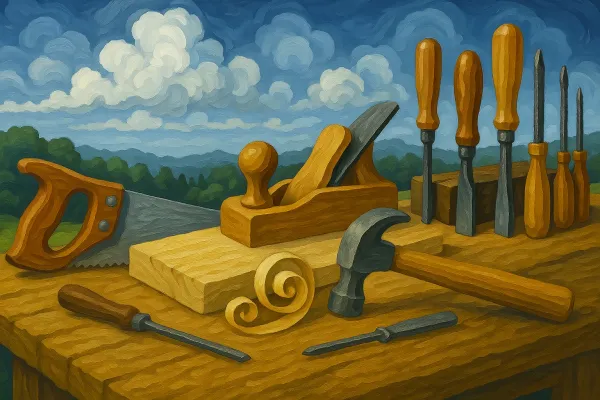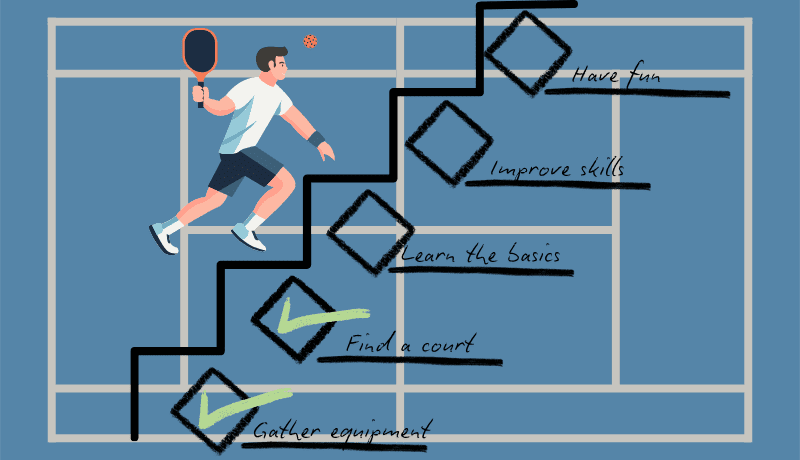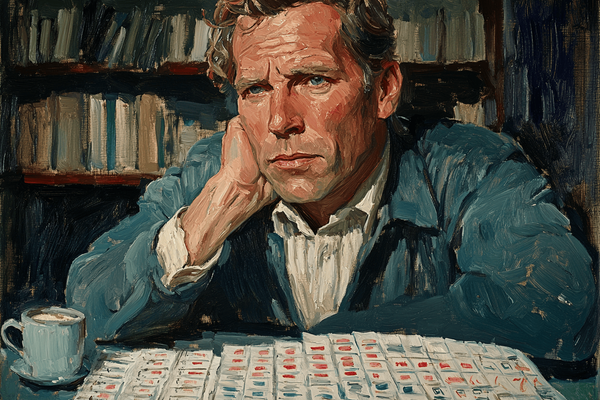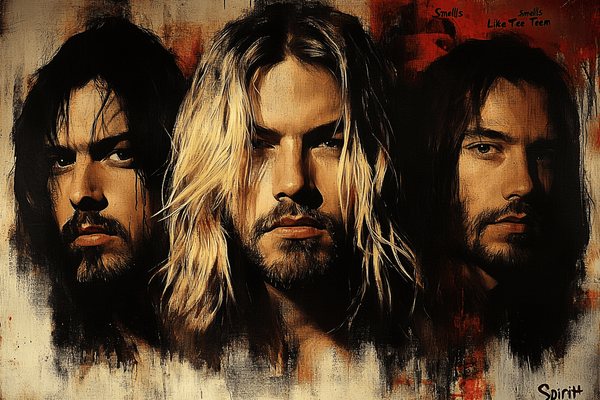So Real List. A Visible Checklist Made of Board and Clips
Alexander uses a special kind of checklists in order to be athletic and keep things in order. Let's get to know it in this article.
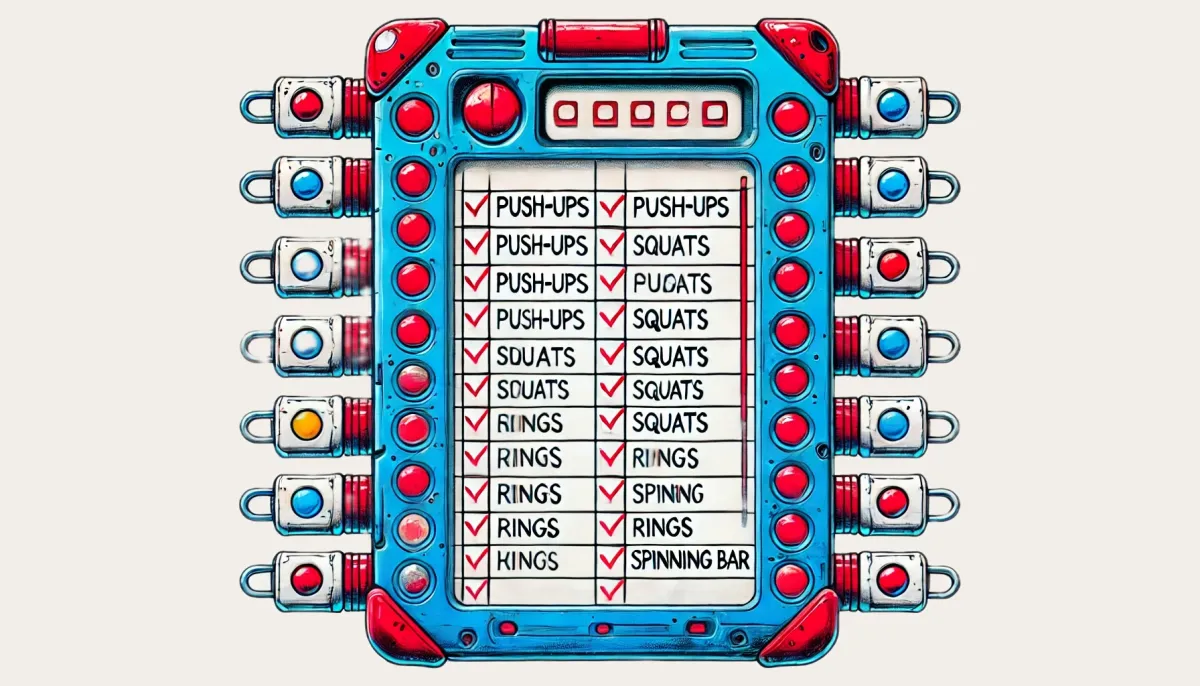
The hero of this living list is Alexander, a software engineer. He made several devices to aid his household and sports activities. These devices resemble the “clicking” checklists of pilots depicted in this blog some time ago.
Some videos of Alexander's sports training I saw on the Internet convincingly show his good shape. I won't say that every user of checklists will immediately start doing muscle-ups on the bar. But great results come from the consistency of small actions. And a checklist can definitely help with consistency.
Here is the checklist itself:
Let's analyze its structure. The checklist is implemented using a marker board. Office clips are attached to the edges of the board. Small tubes are put on the “legs” of the clips. We have dealt with the material, now let's move on to the signs.
This particular checklist is dedicated to sports activities. There is a similar one for daily tasks. The red stripe in the center of the board divides the exercises into two types: daily on the right and weekly on the left. A red dot on an unfinished task means it should be done first. A green dot means the task is of regular importance.
And what about the mechanics? The board with exercises hangs in a visible place, and your eyes regularly catch it. In the morning, daily tasks are “clicked off.” If it's the morning of a new week, then the weekly ones are too. If any exercise from today's tasks is not checked, every look at the board leaves you with a feel of incompleteness, and your mind wants to eliminate this.
Alexander saw the idea of such a board in one of the discussions on Reddit. As can be seen from the description above, the flexibility of the tool and the color coding allow for quite complex routine scenarios. The ease of erasing inscriptions allows you to easily rethink the checklist and change it. You can even write something like “create an exercise plan for the week” and have it as the only permanent task. And the exercise plan itself can be regularly erased and rewritten. Such is the ability of the checklist to form itself.
The limitations of physical systems are also known to us from previous articles. It is inconvenient to travel with a board with clips. The marker will regularly be erased. It is erased even on my stationary board, let alone a travel board. For this case, Alexander has a copy of the checklist in his electronic organizer. It is not as convenient to use because nothing instantly signals what to do next, but that is the price of mobility.
At the same time, the electronic organizer is used daily but for other irregular tasks. And to not forget about it, there is a task to check electronic records on the daily task board.
Alexander values the speed of interaction with his board checklists the most. No need to open any program, the checklist is right here in front of your eyes. Even the freshest of non-routine tasks go not into a tracker but simply on a clean board without the clips.
In addition to the already mentioned, Alexander has two more boards: one for regular tasks and another for study questions. According to him, this division is arbitrary and done to avoid overloading the task board.
Thank you for reading! Write if you use lists or checklists to improve your life, work, or business. It would be great to introduce readers to a new perspective on these familiar tools.
